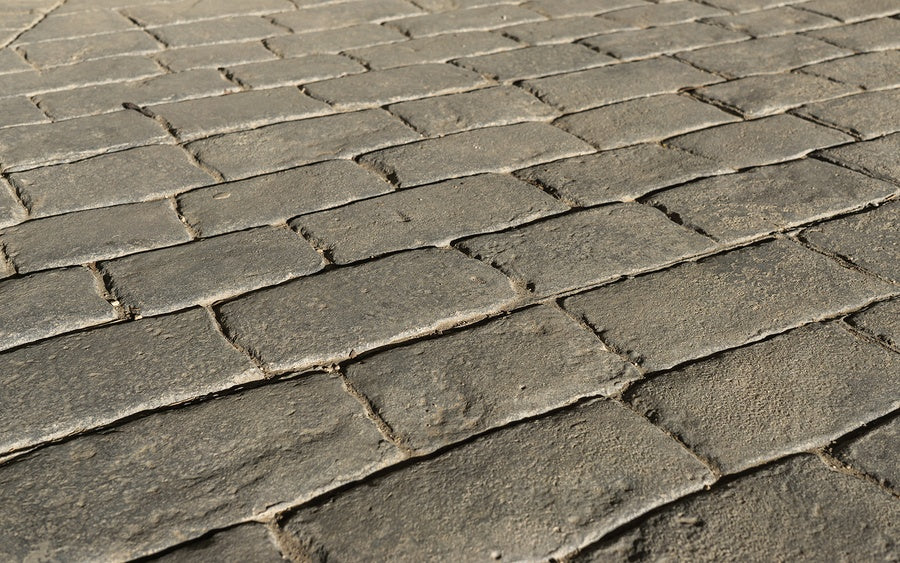
Back injuries, slip-and-fall fractures, hypothermia and other health hazards are especially common among senior citizens who opt to shovel their own driveway and walkways. However, if you’re physically fit enough to shovel snow (and motivated to do it), there are precautions you should take to minimize your risks.
Choosing the best snow shovel
The first order of business is to find the ideal snow shovel. A shovel with an ergonomically designed ("bent") handle gives you better leverage when pushing snow, while a traditional ("straight") handle is better designed for lifting snow. Having one of each kind of shovel and using each for the task it does best will reduce the strain on your lower back and shoulders while shoveling.
Look for a shovel with a plastic handle; wooden handles can be heavy and metal handles get too cold. Metal scoops are heavier than plastic and snow sticks to them, forcing you to stop and knock the shovel against a hard surface to shake off the snow. Lightweight plastic scoops are your best option, but a metal end-guard will help you cut into snow more easily and extend the life of the shovel.
Finally, a wide, shallow scoop is best for pushing snow, while a deep, narrow scoop is better for lifting snow. In either case, the scoop should have adequate up-curves on the sides.
Snow shovel techniques for seniors
The first thing to remember while shoveling is to keep your back straight. Bend up and down as little as possible. The only way to do this and still remove snow from your driveway is to push the snow instead of lifting it.
When you must lift snow, squat down a bit while keeping your back straight and your knees bent. Use leg power to do the lifting instead of back power. Then, walk over to the nearest dumping point and empty your shovel. Remember to avoid wet snow and to avoid lifting too much snow in your shovel all at once. Try not to throw snow and never toss it over your shoulder or twist your body around to toss it sideways.
Using an ergonomic shovel with a long handle, push rows of snow across the width of your driveway with slightly bent knees and a slightly flexed back. To minimize how much snow you need to push at one time, start in the middle and push snow toward each side.
Try to grip the shovel with your hands spaced out about twelve inches. This will give you more leverage and make shoveling easier on your back. Also be sure to warm up before beginning, as warm muscles are less likely to strain, and take frequent breaks during which you stretch and warm back up.
Cutting down on the need to shovel
You should also consider taking steps to cut down on the amount of snow you shovel each winter. A snow blower can take care of most of the snow on a driveway or walkway, but operating one still requires some physical strain and that you be out in the cold.
Rock salt and other de-icers melt snow and ice remaining on your pavements after shoveling, however be aware that salt can damage your concrete or asphalt and chemicals may harm adjacent plant life.
Other options include hiring a service or individual to remove the snow, installing a heated driveway, or purchasing snow-melting mats.
Seniors who plan to shovel snow should take every possible precaution, including selecting the best snow shovel, using proper shoveling technique, and minimizing the snow load.


